10 Container Garden Ideas for the Cold Season
Winter does not have to mean the end of your gardening days. Container gardens are a great solution for keeping greenery alive when temperatures drop. Whether on a balcony, porch, or patio, containers offer a flexible way to grow plants. Embrace the season by incorporating hardy plants into your garden.
This post may contain affiliate links, which helps keep this content free. Please read our disclosure for more info.
Winter-Resilient Evergreen Arrangements

Evergreens are perfect for adding a touch of greenery to your winter garden. These plants thrive in colder conditions, providing lasting color during the dull months. By placing a few evergreen varieties like boxwood or holly in containers, you can create a striking display. These plants also serve as a great backdrop for other seasonal decorations, like holiday lights.
A good tip for keeping them healthy is to place the containers in a sheltered location, such as near a wall or fence. This will help protect them from the worst of the winter winds. Regular watering is important, even in the cold, to prevent them from drying out. Evergreen containers can be moved around easily to refresh your winter garden layout.
Frost-Tolerant Herb Pots
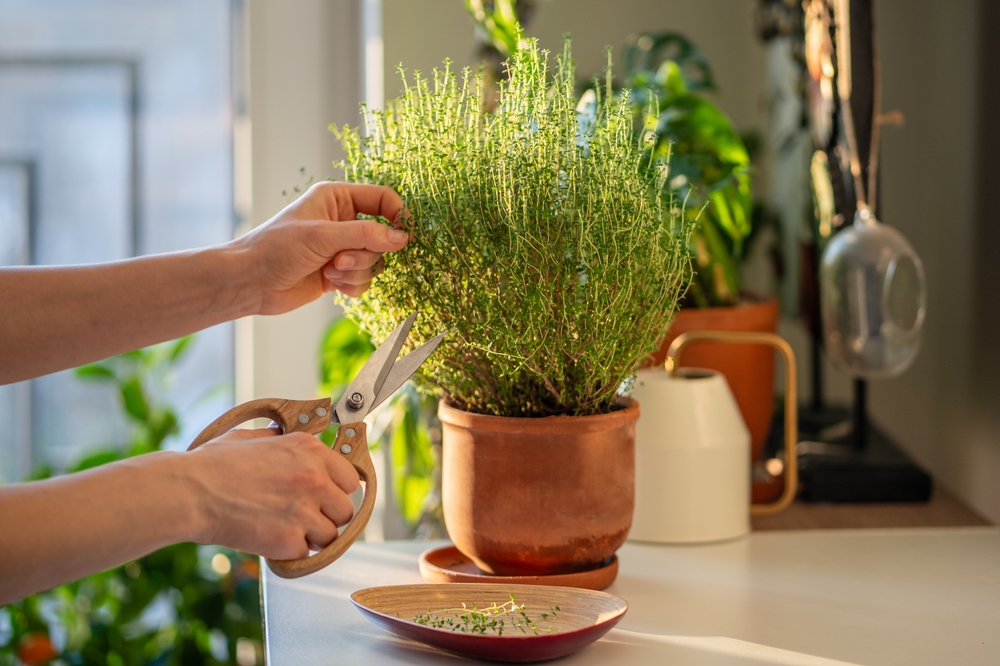
Cold-hardy herbs can continue to thrive in containers during the colder months. Plants like thyme, rosemary, and oregano can handle frost and even snow, providing fresh herbs for cooking. A few well-placed herb pots will not only bring flavor to your kitchen but also brighten up your outdoor space. You can even bring them indoors during particularly cold spells to keep them safe.
Ensure the containers have good drainage to prevent water from freezing and harming the plants. Using a mixture of soil with good insulation can help the roots stay protected from the chill. For best results, place the pots in areas where they get plenty of sun during the day. These herbs are low-maintenance and can be harvested throughout the winter.
Colorful Pansy and Viola Containers
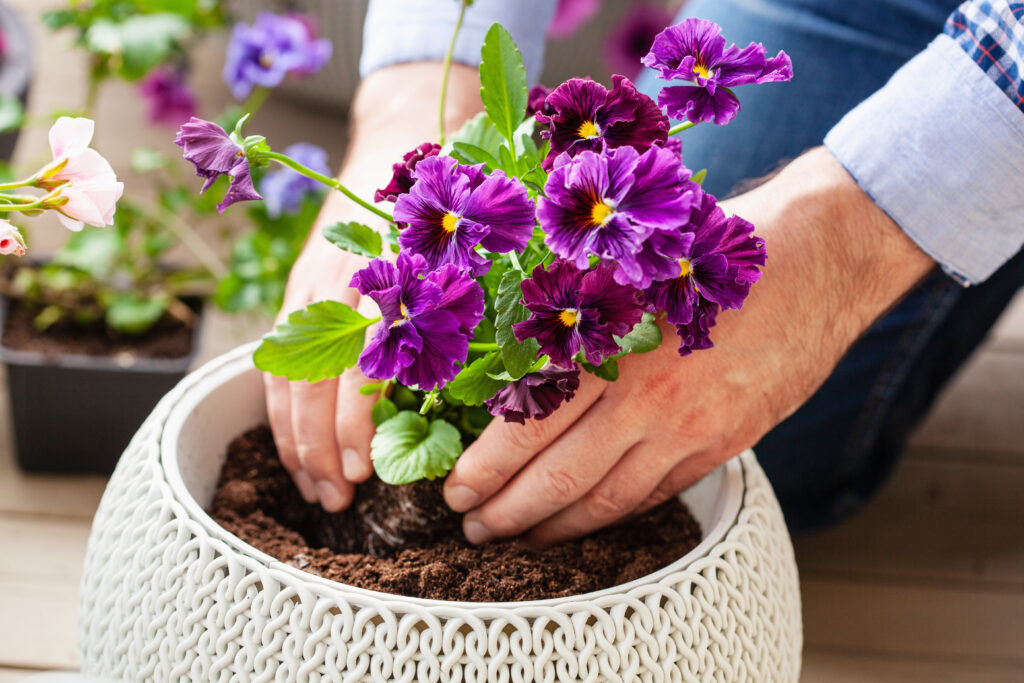
Pansies and violas are popular flowers for container gardening in the cold season. These flowers can bloom in frosty conditions, adding vibrant colors to your garden even in winter. Their wide range of colors, from purples and yellows to whites, can be combined to create cheerful containers. They are perfect for adding life to your outdoor space during the cold months.
While these plants can survive cold temperatures, they do best when protected from harsh winds. Position the containers in a spot where they can receive some sunlight during the day. Regular watering, especially when temperatures are mild, is essential to keep the flowers healthy. Their cheerful blooms can be a welcome sight when everything else seems dormant.
Cold-Hardy Succulent Gardens

Succulents may not be the first plant that comes to mind for winter gardening, but many varieties can survive the cold season. Varieties like sedum, hens and chicks, and jade plants can handle chilly conditions if kept in well-drained containers. These plants require minimal care, making them perfect for cold-season gardeners. Succulent containers can be creatively arranged to create a low-maintenance, visually appealing display.
To keep them healthy, ensure that the containers are placed in locations with enough sunlight. While succulents are drought-tolerant, they still need to be watered occasionally, even in winter. Avoid letting snow or ice sit on top of the plants, as this can cause damage. These plants thrive in colder months when given the proper care, making them an ideal choice for winter.
Winter Blooms with Cyclamen
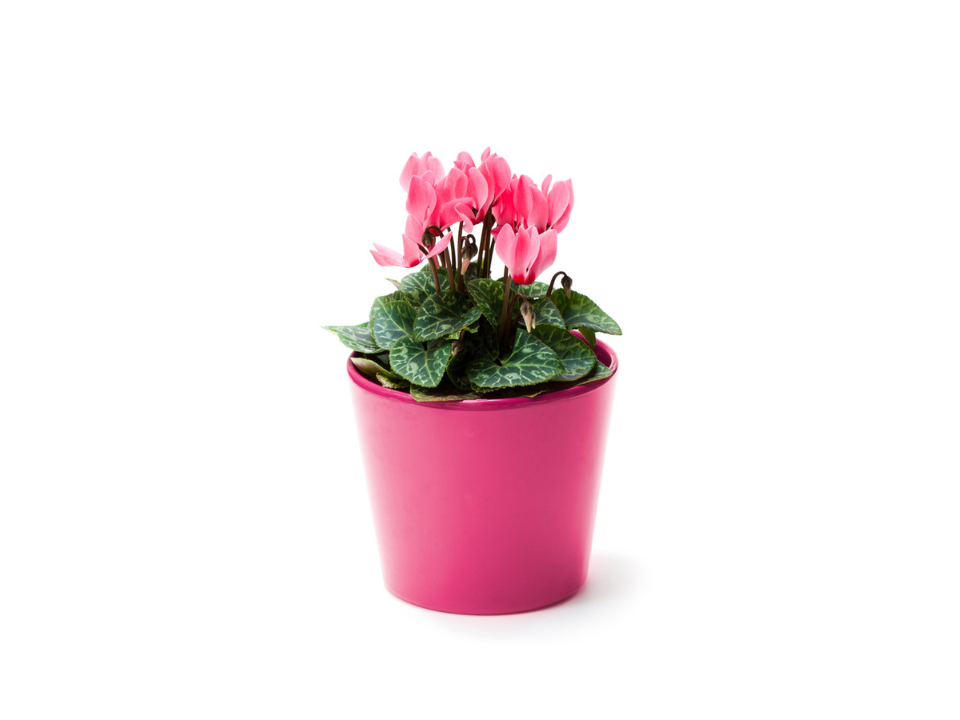
Cyclamen is a stunning plant that can thrive in the colder months and add a splash of color to your garden. These flowers are available in shades of red, pink, and white, creating a beautiful contrast with the winter landscape. They can survive in containers outdoors during the cold season, offering an unexpected burst of life in the garden. Their unique, upswept petals make them a favorite for cold-weather displays.
For best results, place cyclamen containers in a spot with indirect sunlight. These plants prefer cooler temperatures and well-drained soil. Ensure the containers are sheltered from heavy snowfall, as the flowers can be delicate. Regular watering is essential to keep the plants blooming through the winter months.
Decorative Cabbage and Kale Planters

Ornamental cabbage and kale are excellent choices for container gardens in the cold season. These plants add a touch of whimsy with their colorful, frilled leaves, which come in shades of purple, white, and green. They are hardy enough to withstand freezing temperatures, making them perfect for winter displays. Arranging them in containers can create a striking visual effect against the backdrop of bare trees or snow-covered ground.
Place the containers in areas where the plants can get some sunlight during the day. They grow best in soil that drains well, so ensure the pots have proper drainage. While they are frost-tolerant, it is still important to check them regularly for pests. With minimal care, these plants can continue to thrive well into the colder months.
Hanging Baskets with Cold-Tolerant Flowers

Hanging baskets are a great way to add vertical interest to your garden during the cold season. Choose cold-tolerant flowers such as pansies, ivy, or even ornamental grasses for your baskets. These plants can handle the chill and continue to thrive in containers, even when temperatures drop. The beauty of hanging baskets is that they can be easily moved to different locations for variety and style.
Place the baskets in locations with good sunlight to keep the plants healthy. Be mindful of wind exposure, as it can dry out the soil more quickly. These baskets can be filled with a mix of colorful flowers and trailing vines to add dimension. Check the soil moisture regularly and ensure the plants receive adequate water, but not too much.
Cold-Resistant Ferns
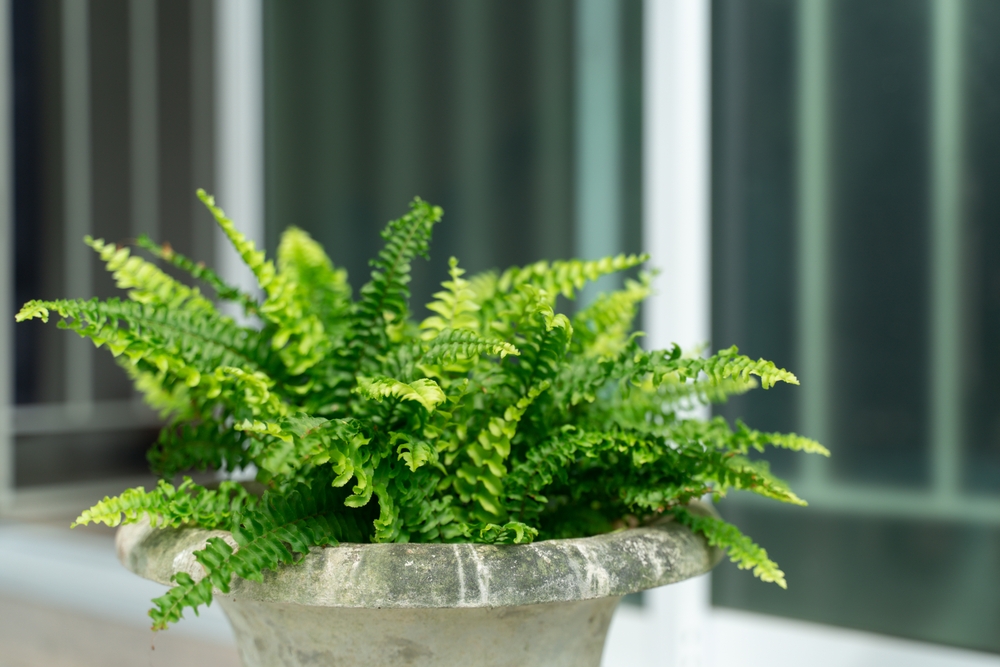
Ferns are another fantastic option for container gardening in winter. Many ferns, such as the Christmas fern, can tolerate cold temperatures and still thrive in containers. Their lush, green fronds create a soft, natural look that contrasts beautifully with the winter landscape. These ferns are a great choice for shaded areas or containers placed near trees and fences.
To keep them healthy, ensure the containers are placed in well-drained spots. Ferns thrive in soil that retains moisture, so keep the soil consistently damp. They require little maintenance but should be checked for pests during the winter months. Their ability to survive in the cold months makes them a valuable addition to any winter garden.
Winter-Friendly Strawberry Planters
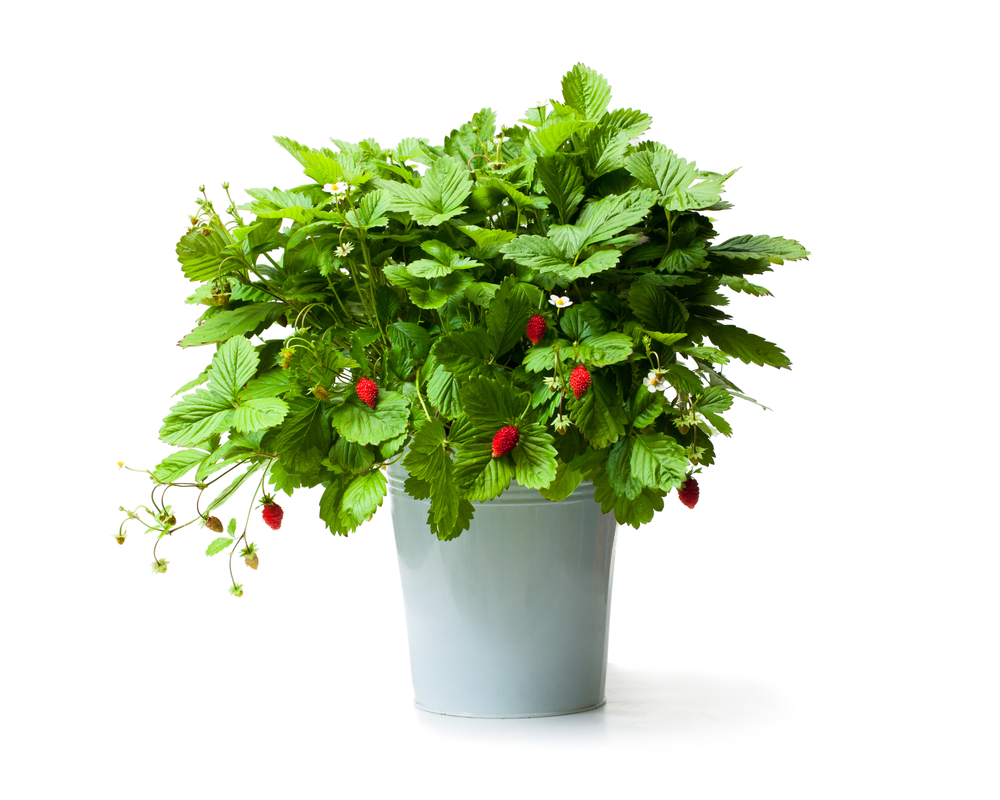
Even in the winter months, strawberry plants can be grown in containers. Varieties like alpine strawberries or everbearing strawberries are known for their ability to handle cold temperatures. Planting strawberries in containers allows you to grow them in places where traditional gardening might not work, such as patios or balconies. The added benefit of fresh fruit, even in winter, makes this idea especially appealing.
To protect the plants, make sure the containers are placed in areas where they are shielded from frost. Strawberries do well in containers that are not overly deep but wide enough to spread their roots. Water them lightly, as over-watering can cause the roots to freeze. The bright green leaves and tiny winter berries can brighten up any garden.
Vibrant Tulips and Daffodils in Pots
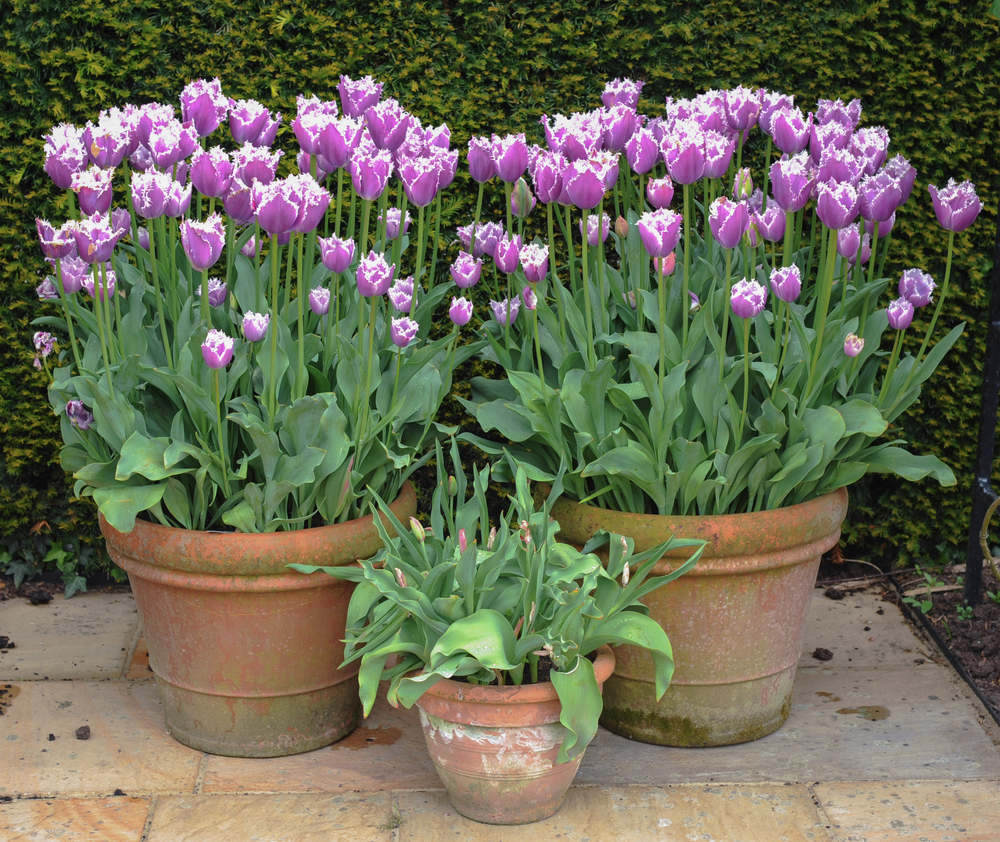
While tulips and daffodils are typically associated with spring, they can be grown in containers during the cold season. Planting these bulbs in pots and placing them outdoors allows them to bloom in early spring, often before the ground thaws. They bring a burst of color to your winter garden with their bright yellow, pink, and red flowers. This makes them an ideal addition to brighten up the coldest months.
Plant the bulbs in pots during the fall, and they will naturally bloom in the spring. These flowers do well in containers that have good drainage. Tulips and daffodils thrive in the cold as long as they are protected from excessive moisture. They are a simple way to add early spring beauty to your garden in the winter months.
This article originally appeared on Avocadu.
